What is the best poem? The best play? The best sculpture? The best work of architecture? I’m not qualified to say, but I think I know which work has the reputation of being the greatest in its field. (The Divine Comedy, Hamlet, David, Taj Mahal.)
Now consider second best. What is the second greatest work in each field? Isn’t that question much harder to answer?
[As an aside, I don’t believe that every field has an obvious number one. What’s the best novel? War and Peace? Ulysses? In Search of Lost Time? Don Quixote? Madame Bovary?
And what’s the greatest rock album? Heck, there are three of four possibilities for the greatest album by the Beatles, or Dylan, or the Stones. No obvious “focal point”.]
Today I’d like to search for the second best painting. (I could look for the best, but that question seems too easy to be interesting.) Let’s start with Velazquez, often regarded as the greatest painter of all time. What’s his second best painting? I have no idea. His best history painting is probably The Surrender of Breda:
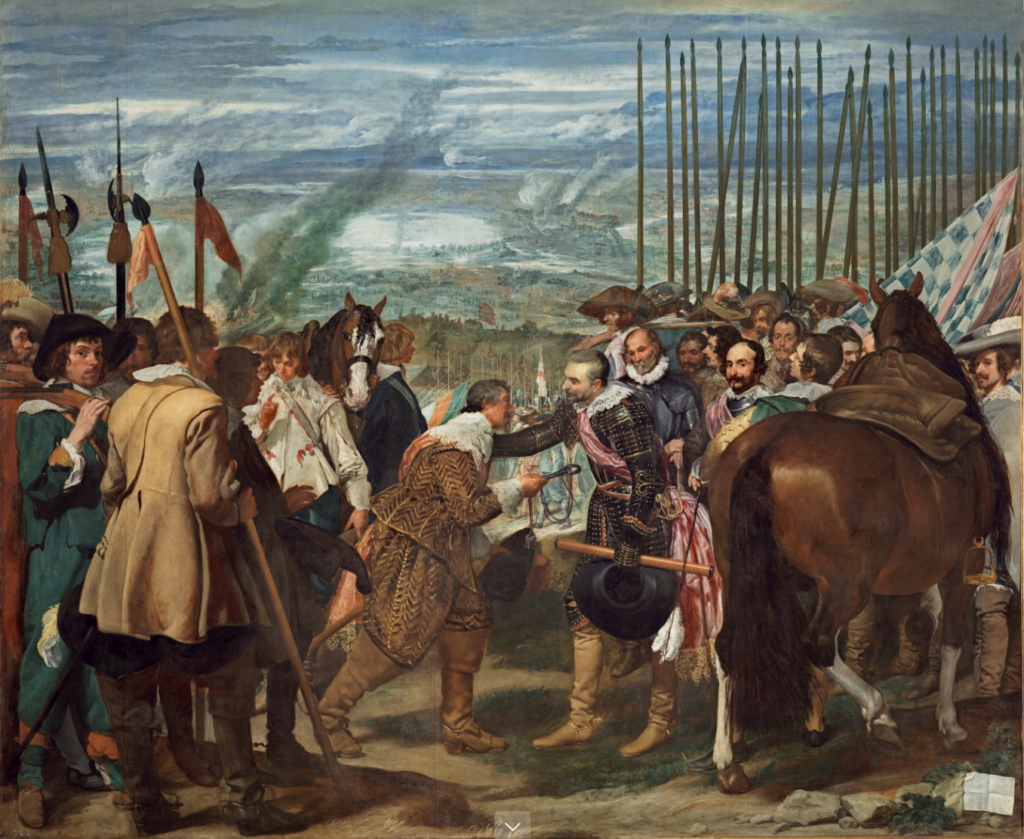
His best portrait is probably Juan de Pareja:
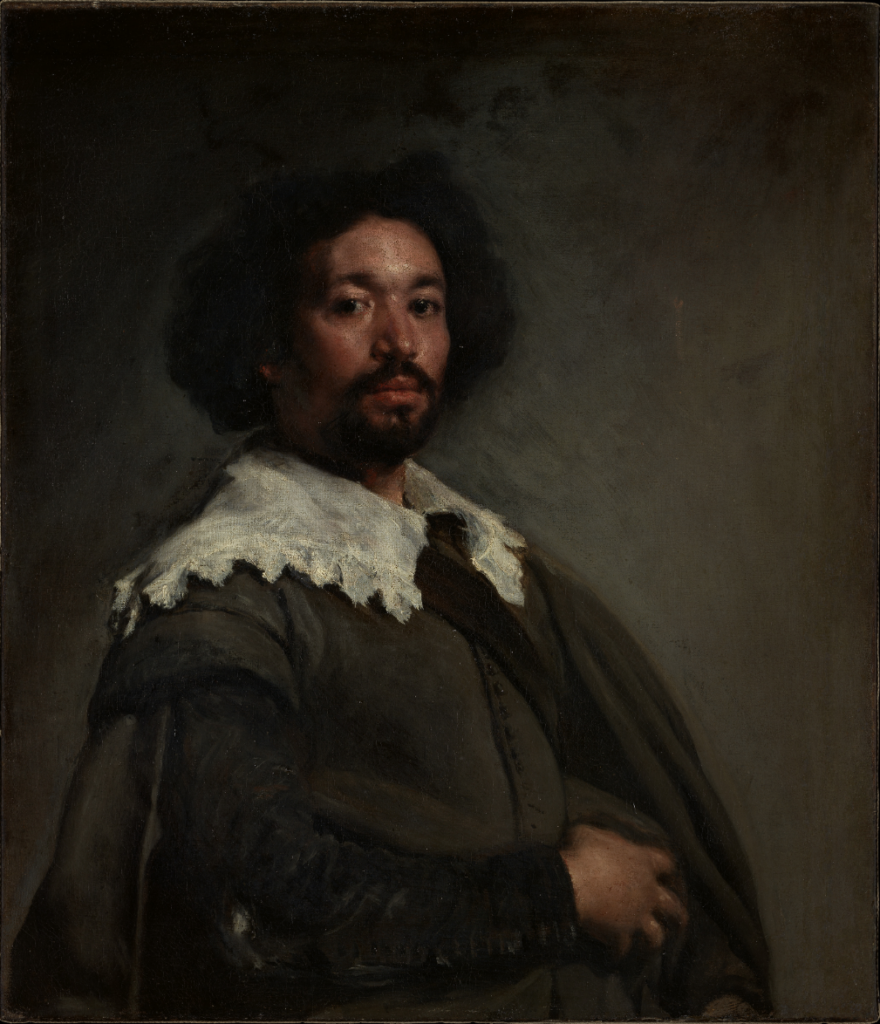
I’m old enough to recall then the Met bought this (in 1971) for the then record price of $5.5 million, which seems absurdly low, even accounting for the effects of inflation.
His best (only?) nude is certainly the Rokeby Venus:
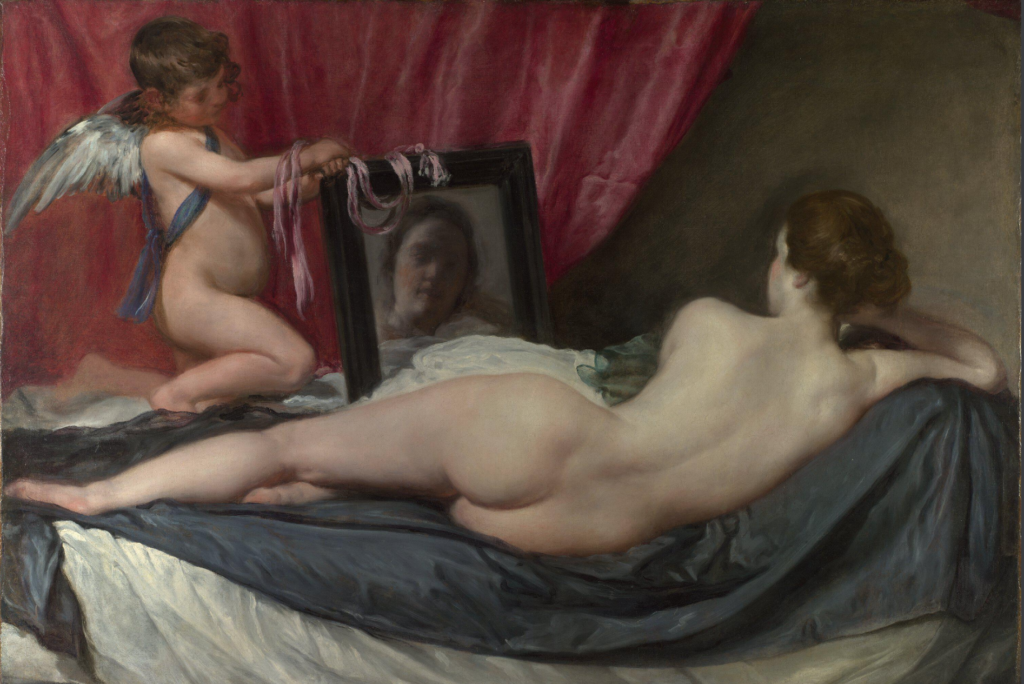
When you go to an art museum, most paintings from the Baroque era have a sort of “old masterish” quality, which makes them seem dated. These two paintings by Velasquez have an uncanny timeless quality. Indeed this was even recognized at the time. When Juan de Pareja was first displayed in Italy, it astounded viewers with its life-like quality. I’m not aware of any reaction to the Rokeby Venus, which presumably was displayed only in private due to its “pornographic” quality. But it certainly looks far more modern than a nude by Giorgioni, Titian or Rubens.
Alternatively, we might look for the Velazquez painting that most resembles the number one painting, say The Spinners (which was recently restored):
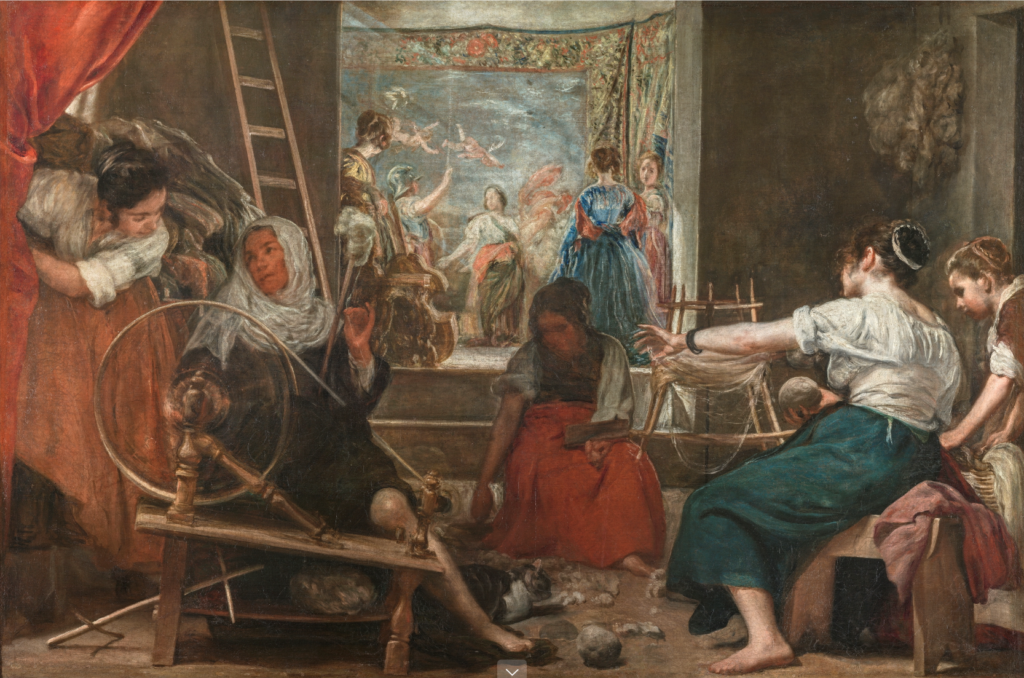
Like the number one painting, this doesn’t reproduce well and must be seen in person.
Notice that Velazquez tips his hat to Titian by placing a tapestry of The Rape of Europa in the background:
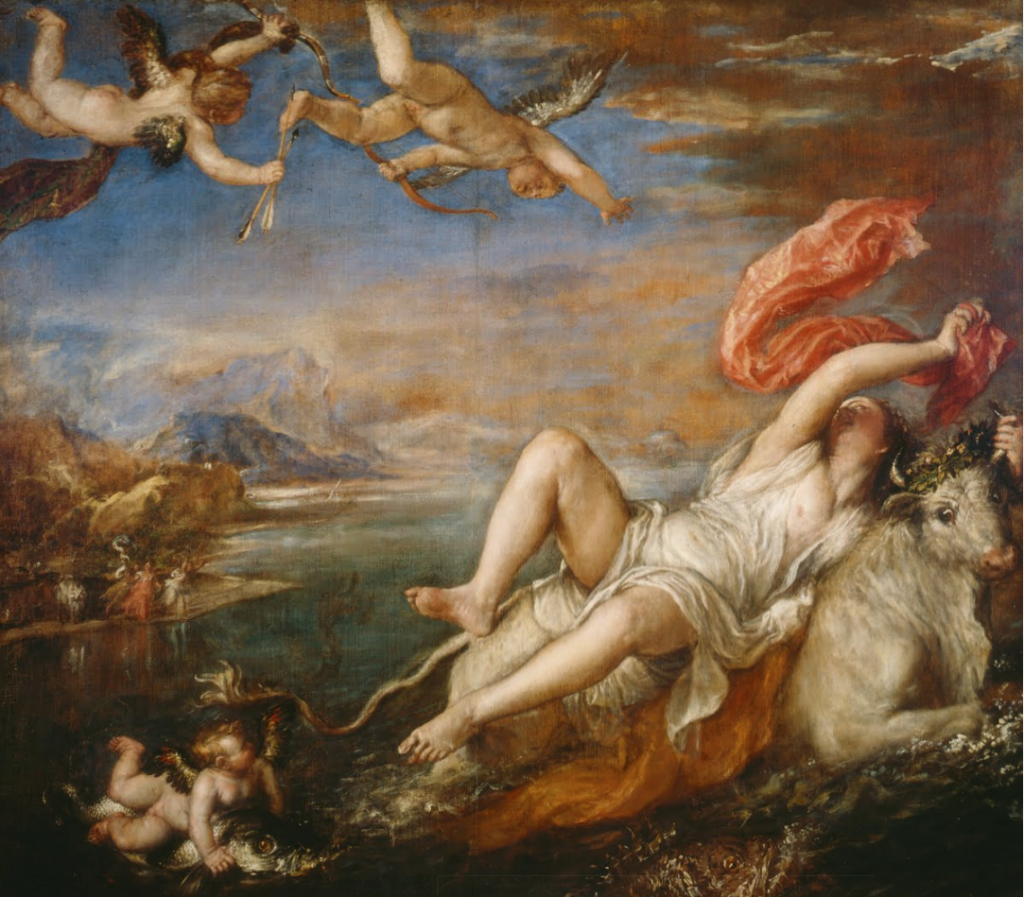
I recall an art expect claiming that Titian’s masterpiece was the greatest painting in the Western hemisphere. But given the disparity between the two hemispheres, that’s almost as weak a compliment as being called the greatest painting in the Southern hemisphere.
Instead of looking for the second best painting by the greatest painter, perhaps we should be searching for the best painting by the second best painter?
That task is not easy, as Vermeer produced many fewer paintings than Velasquez, and the quality tends to be more uniform. They all tend to be rather small, and near perfect. Should we look for an example of the sort of painting that he was most associated with, say a woman standing near a window? If so, which one?
Or an outdoor scene, like View of Delft or The Little Street? Or a portrait, such as Girl with a Pearl Earring?
In the end, I lean toward The Allegory of Painting:
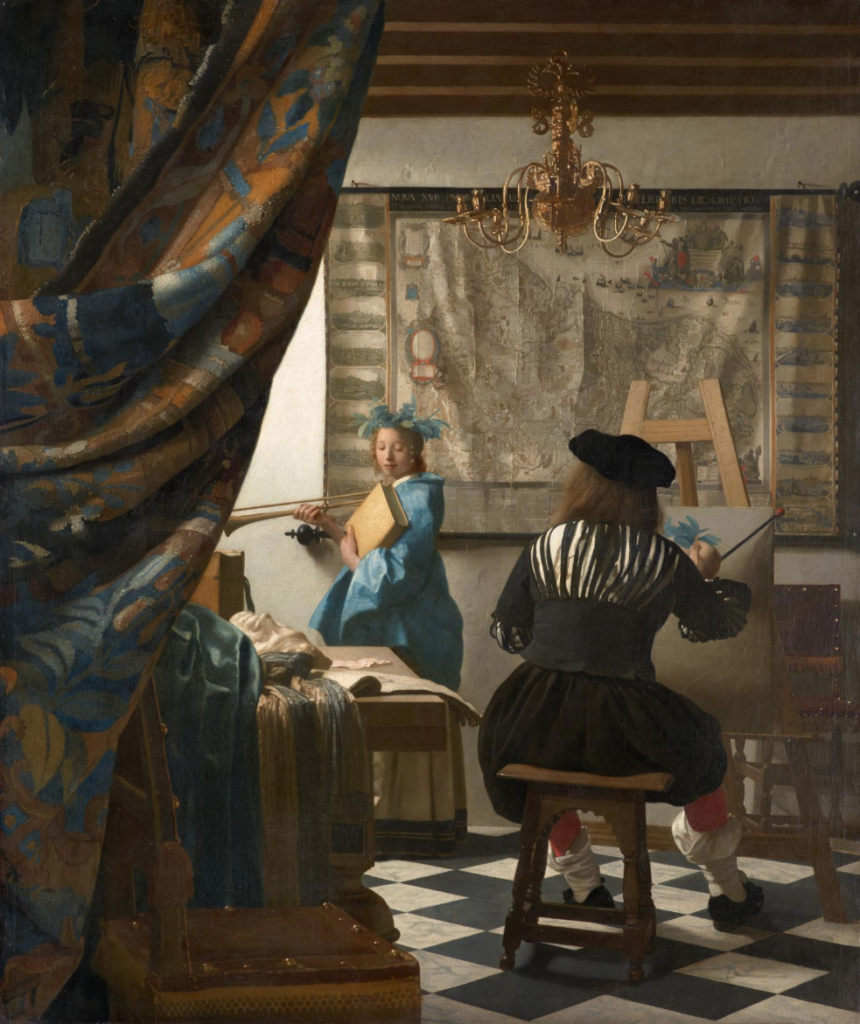
Last year, I traveled all the way to Vienna to see this painting, and it was not on display. Interestingly, of all of Vermeer’s paintings, this is the one with a composition that most resembles Las Meninas:
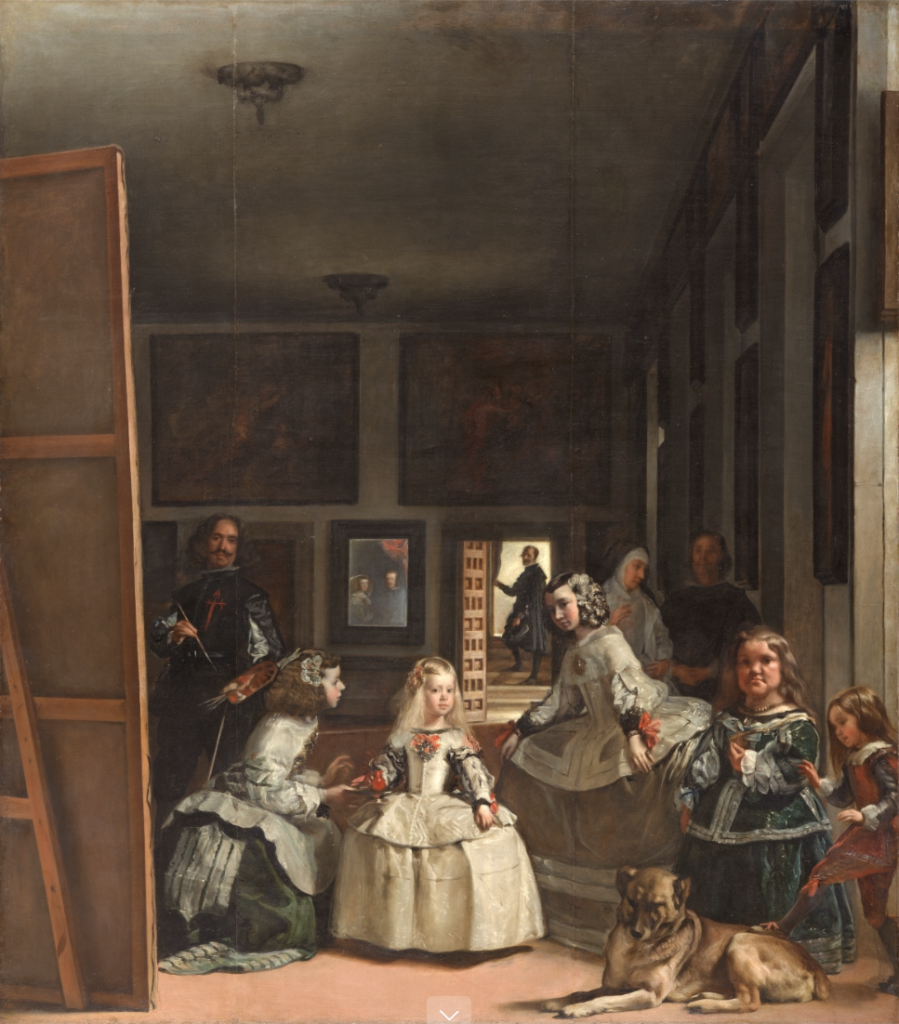
You might wonder if I’m just an old reactionary, ignoring all the great art produced in recent centuries. I don’t think so. These paintings by Velazquez and Vermeer are actually more recent that the greatest works of poetry, drama, sculpture and architecture cited at the top of the post.
These two painters took realism as far as it could go, and achieved the most profound effects. After that, painting stagnated for 150 years, becoming somewhat decorative. In the nineteenth century, painters began a long series of visual experiments. When those were exhausted around 1960, conceptual art took over. But no single modern experiment, no matter how impressive, can compete with the perfection of a great Velasquez or Vermeer.
They painted at roughly the same time, for the same reason that Newton and Leibnitz worked on calculus at roughly the same time. It was the appropriate time to produce a new form of math, and the appropriate time to produce the most perfect paintings. Sorry, you can’t invent a new form of math or produce great paintings, because you were born too late.
I have a bias toward technique, but there are other ways to evaluate art, such as the emotional force of an image. Using that criterion, we can begin considering more “primitive” painters, such as Giotto. Since it’s Easter, how about concluding with the famous Isenheim Altarpiece:
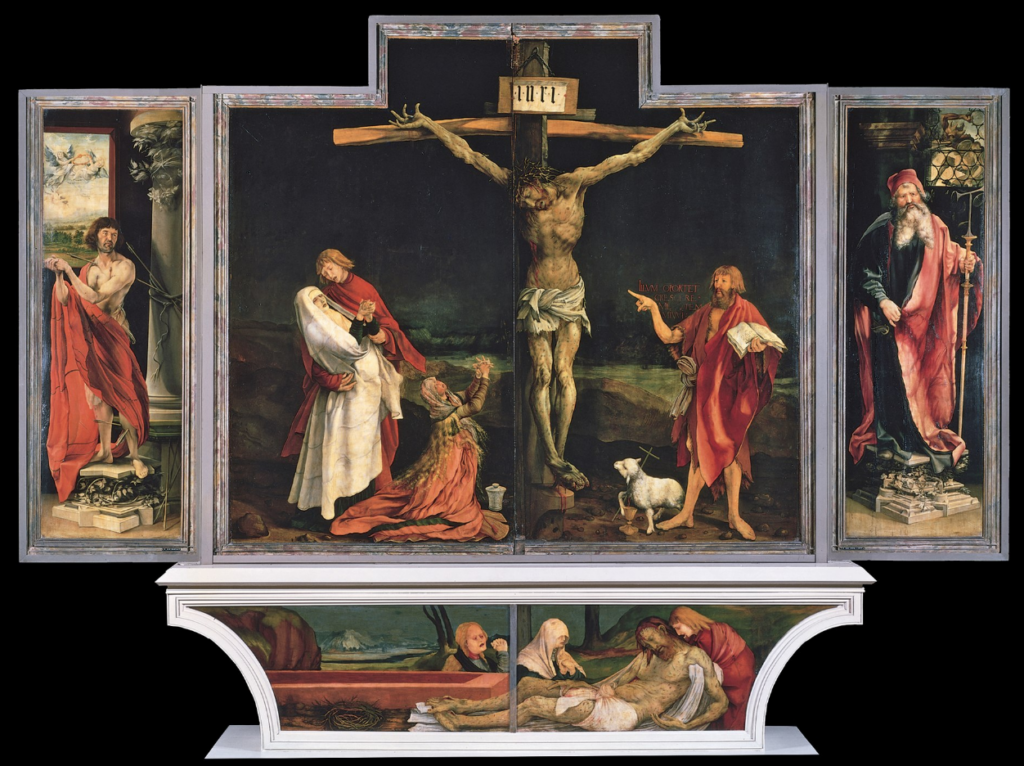
PS. The Illustrated London News did survey of art experts back in 1985. This photo is from a Boston Phoenix article discussing the poll:

The Phoenix did its own poll, and American art experts had broadly similar views to those in the UK:
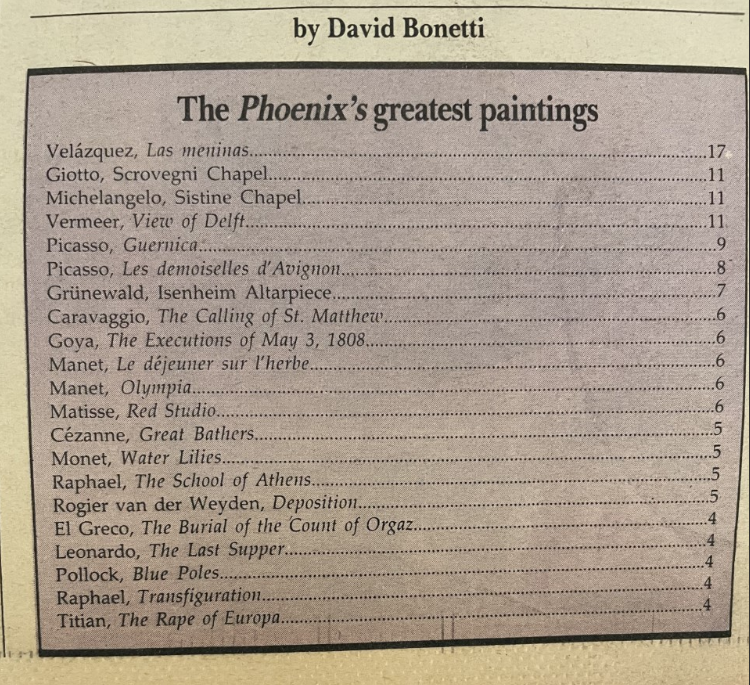
Note the striking changes in these two 1985 surveys from the earlier (1950) “Masterpieces” survey. The author of the Phoenix article (David Bonetti) had this to say about the differences:
I think we can detect in both 1985 lists, especially the British, a shift in taste from the blockbuster to the subtle, the complex, and the personal, a shift from which both Vermeer and Velazquez were bound to benefit.